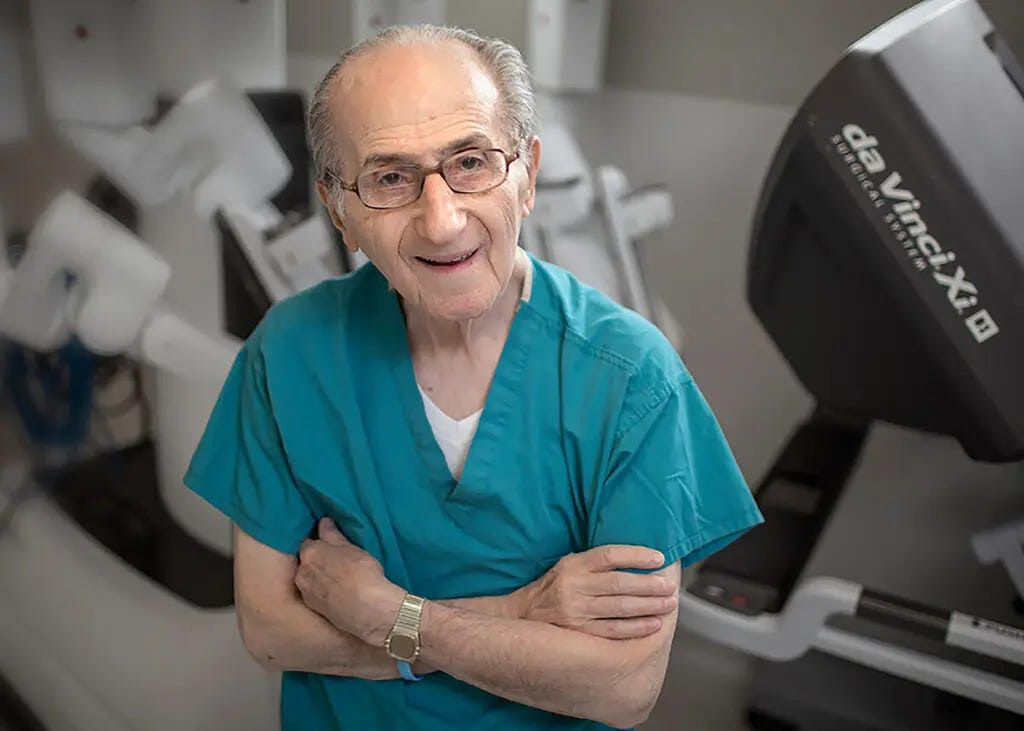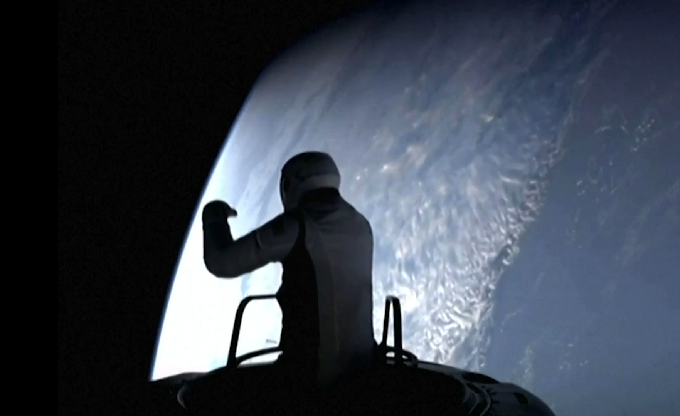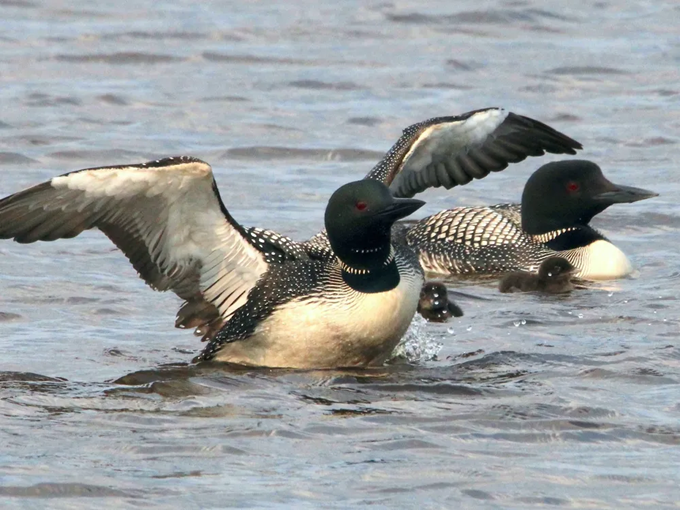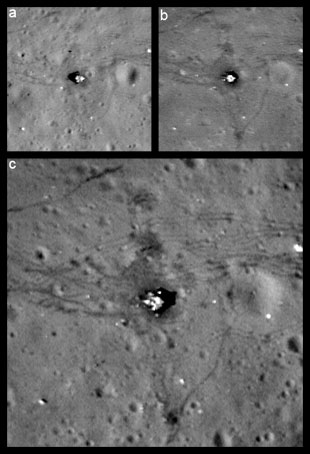Bob Siederer
23 September 2024

Hello again Science Fans!
Did you notice a change today? Me either, but at 5:44 AM today, astronomical Autumn began in the Northern Hemisphere, the Autumnal Equinox. So happy fall.
Our calendar has gotten much more active now that schools are back in session and more seminars are on the schedules. We’re listing 94 events over the next two weeks. More will be added to our calendar as we find them, and some already listed will be updated as titles, abstracts, and speakers are provided. As always, should you want to attend an event we list, click through to the host’s website for any last minute updates or cancellations. Or
Hello again, science fans. SPACE He emerged and then retreated back to the interior. He was not a groundhog, and his retreat does not suggest we will have 6 more weeks of winter. Jared Isaacson and fellow Pola
Bob Siederer Hello again Science fans! Let’s start out with something fun, and not truly science-related. It may make you laugh, may make you mad, may make you shrug your shoulders and go “so w
Hello again science fans. CLIMATE Above is the world’s second all-electric cargo ship. It’s 120m long, 24m wide, and has the battery capacity of a thousand Model Y Teslas (50,000,000 Wh). Like the other and smaller electric cargo ship - the Yara Birkeland - it is plying inland rivers instead of the open oceans. Ocean shipping ac
Hello again science fans, ENVIRONMENT “You can’t always get what you want,” and you can’t always see what you want. That is thought to be why Brown Pelicans are starving in California. These prehistoric-looking birds hunt for fish near the water’s surface, then plummet ou
Dave Almandsmith Hello again science fans, ARCHAEOLOGY
BOB SIEDERER Hello again Science fans! These past few years have put us all through a bit of a wringer. Prior to the pandemic, 11% of Americans reported symptoms of anxiety and depression, according to the Household Pulse Survey, a tool of the Census Bureau. Then came COVID, and that number increased to 42.6%. Today, it is down to 20.7%, but that is still almost double pre-pandemic numbers. The political climate certainly contributes to this, I’m sure. But the biggest component seems to be young adults. According to “The Morning” newsletter from the New York Times on August 8, the percentage of young adults reporting symptoms had been rising for around a decade before COVID. Uncertainty about their future, inflatio
Hello again science fans, BIOLOGY Above is an artist’s representation of a flagellar motor that spins a bacterium’s flagella. The spinning flagella propel the bacterium through water. The colorful squiggly things represent proteins. The big wheel isn’t big. It would take 10 million of them side by side to span a single centimeter (0.4 inch). A typical rate of spin is 30,000 rpm, or 500 times a second. When you get the chance, come back here to watch this über-fascinating 23-minute vid
BOB SIEDERER HERB MASTERS Greetings fans of Science and Reason, It is hard to accept that humans first walked on the moon 55 years ago today and that humans last walked on the moon about 50 years ago! Yet still, like the flat earthers there are a bunch of folks that think
SciSchmoozing Up & Down, Side to Side
September 16, 2024

Hallo nochmal, Wissenschaftsfans.
(Over 40,000 Bay Area residents speak German at home.)
Sweating Corn, Dog Sound Boards and the SciSchmooze
9 September 2024
Labor Day SciSchmooze

Image: China Ocean Shipping Company
Bonjour à tous les fans de science.
(Over 45,000 Bay Area residents speak French at home.)
SciSchmoozing with Feathered Friends

Здравствуйте еще раз, любители науки!
(Over 50,000 Bay Area residents speak Russian at home.)
An Uplifting SciSchmooze
August 19, 2024
سلام بازهم علاقمندان علم
(Over 50,000 Bay Area residents speak Persian at home. Only about 60% of Bay Area residents speak English at home.)
Loonie Days of the SciSchmooze Summer
12 August 2024
Take the SciSchmooze for a Spin

안녕하세요 과학 팬 여러분, (Over 60,000 Bay Area residents speak Korean at home.)
Summer and the SciSchmooze
29 July 2024
Is it time to go back?
July 22 2024

